Diving is an underwater exploration equipped with a specific suit generally composed of an isothermal suit, a mask, fins, and a scuba tank, and a regulator, unlike freediving.
And today, you can do it by coloring the following pictures. Here are the printable diving coloring pages you can get. Would you please use your favorite colors to make them live?
Free Diving Coloring Pages
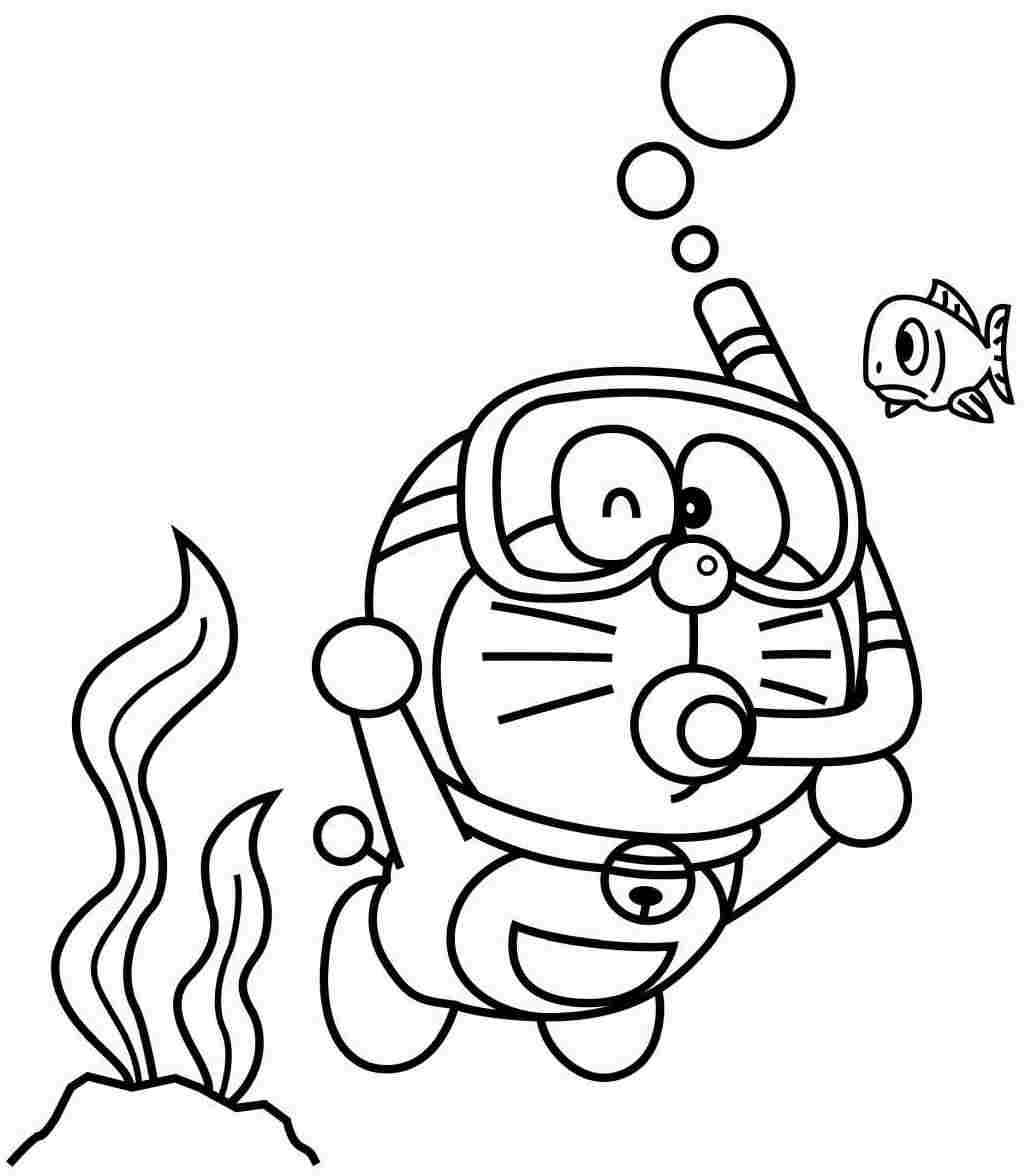
cartoon diving coloring pages 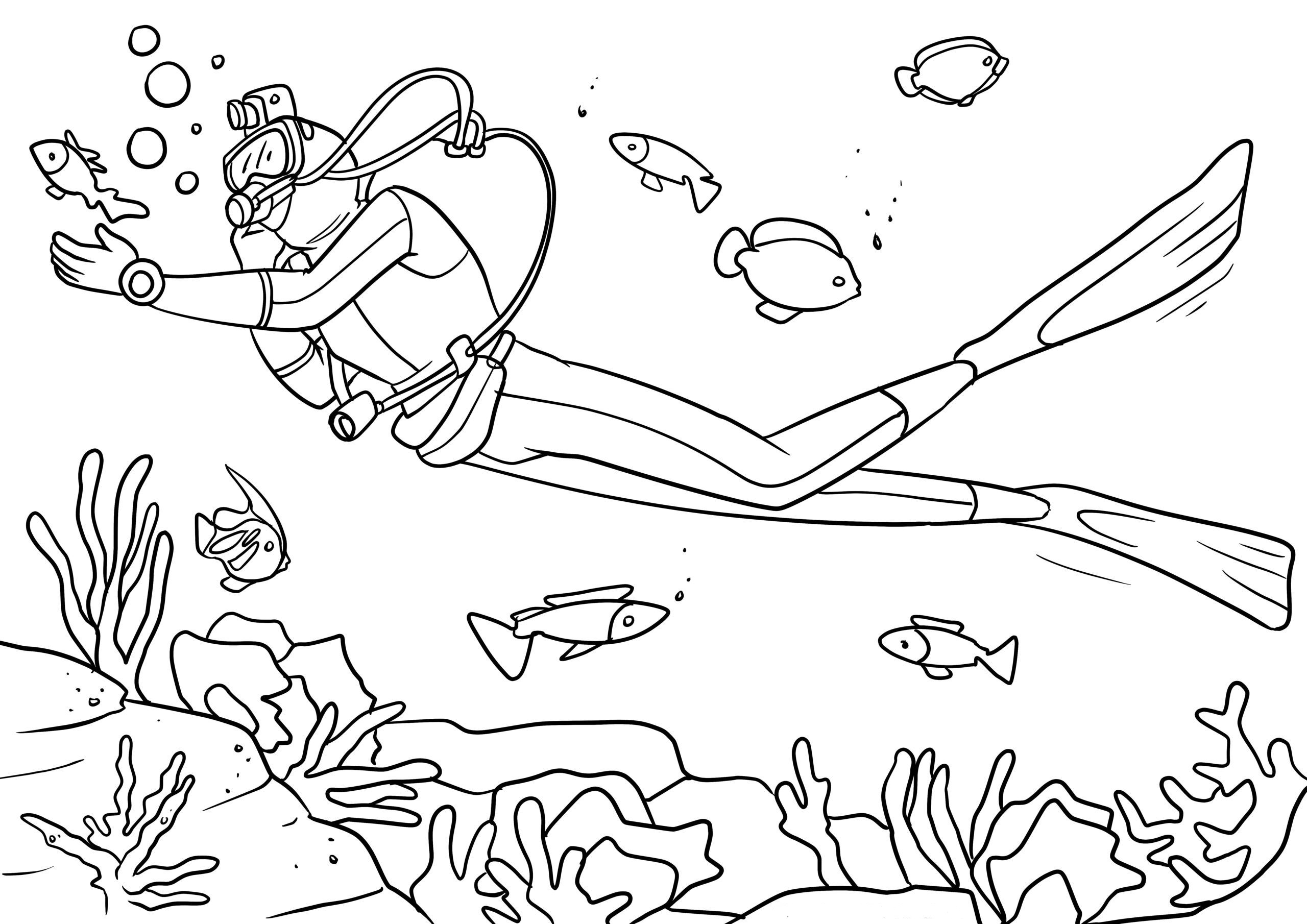
coloring pages diving 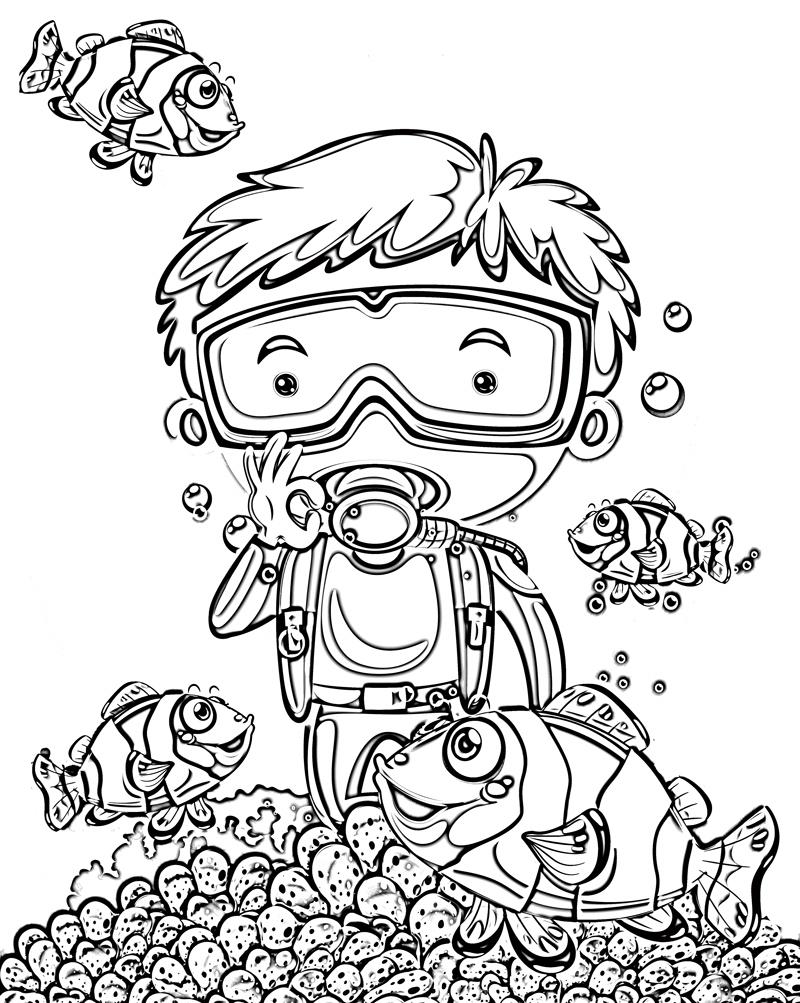
diving coloring pages free 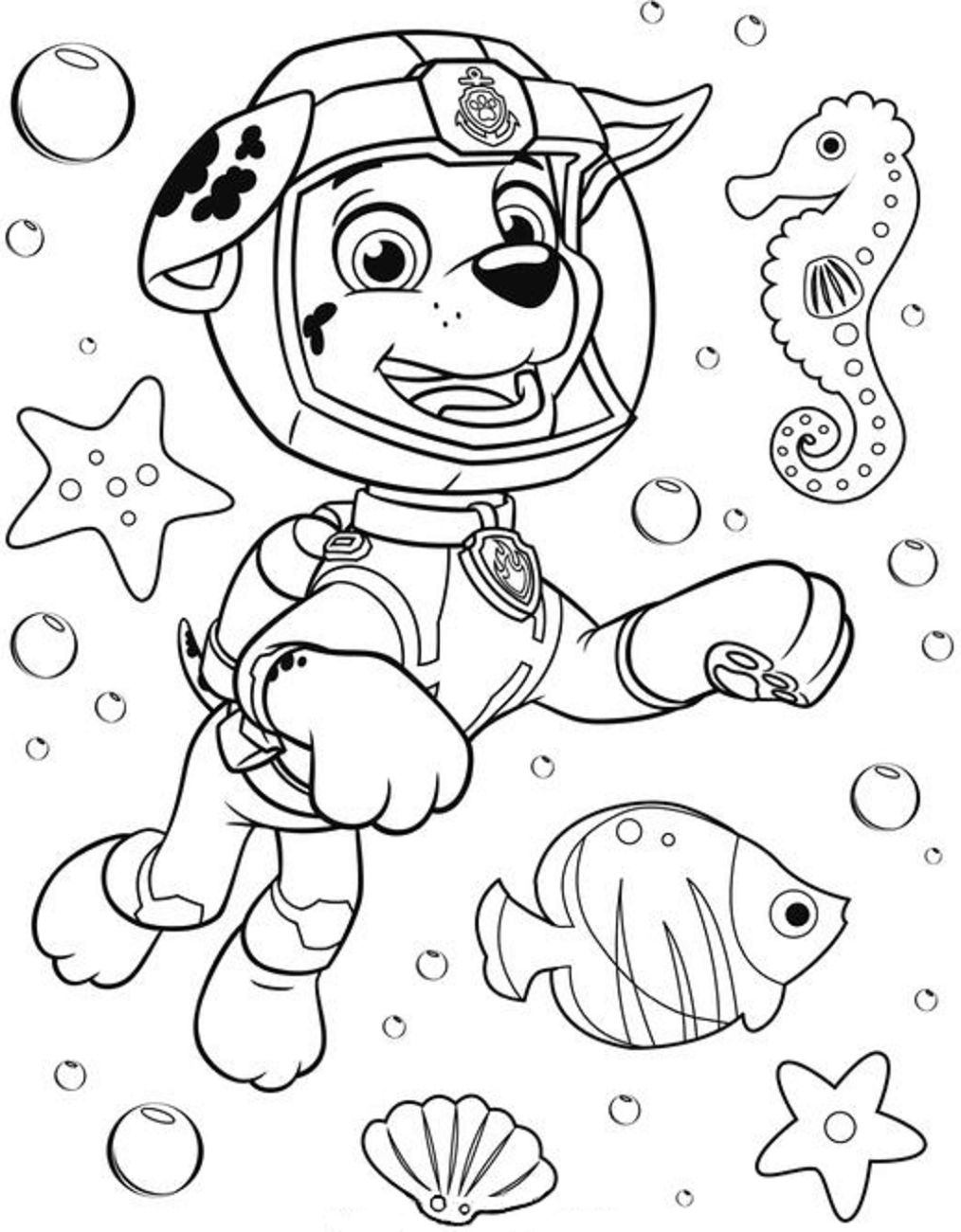
diving coloring pages to print 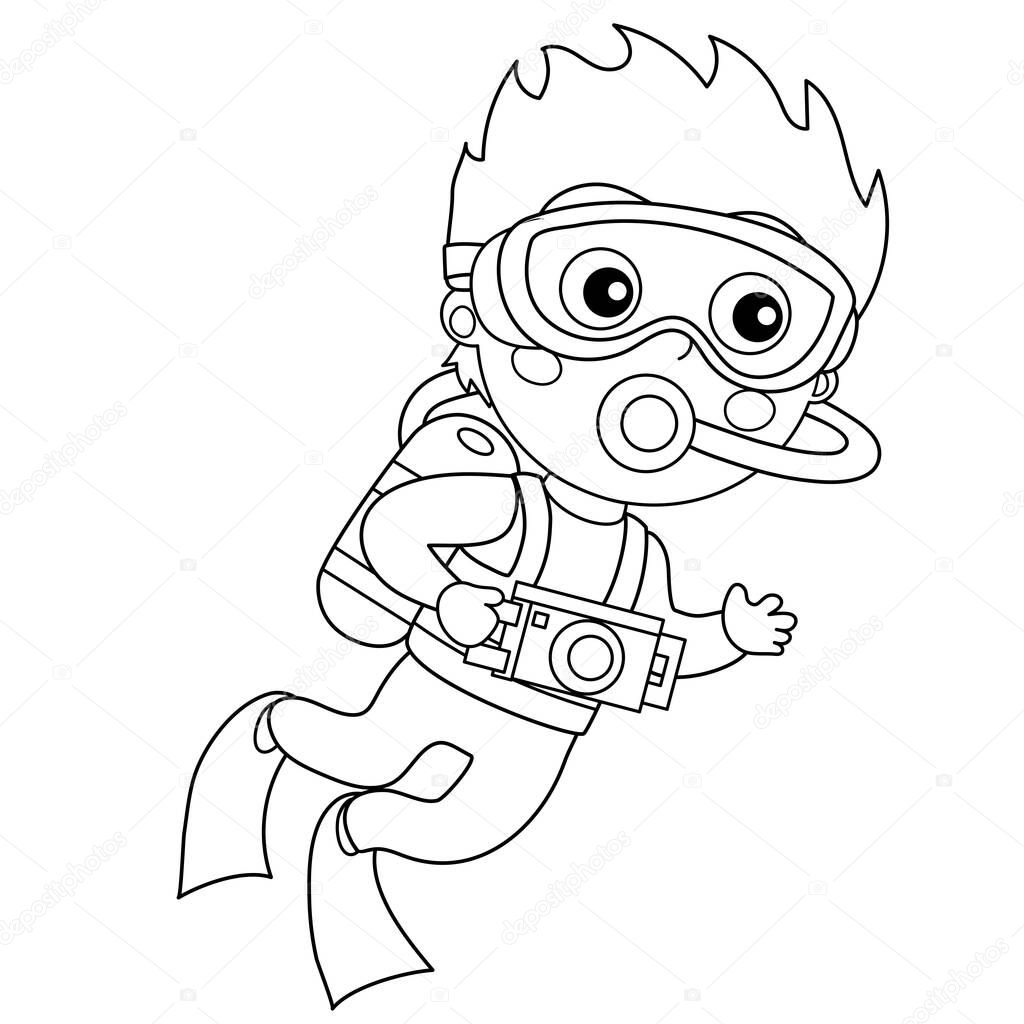
diving coloring pages 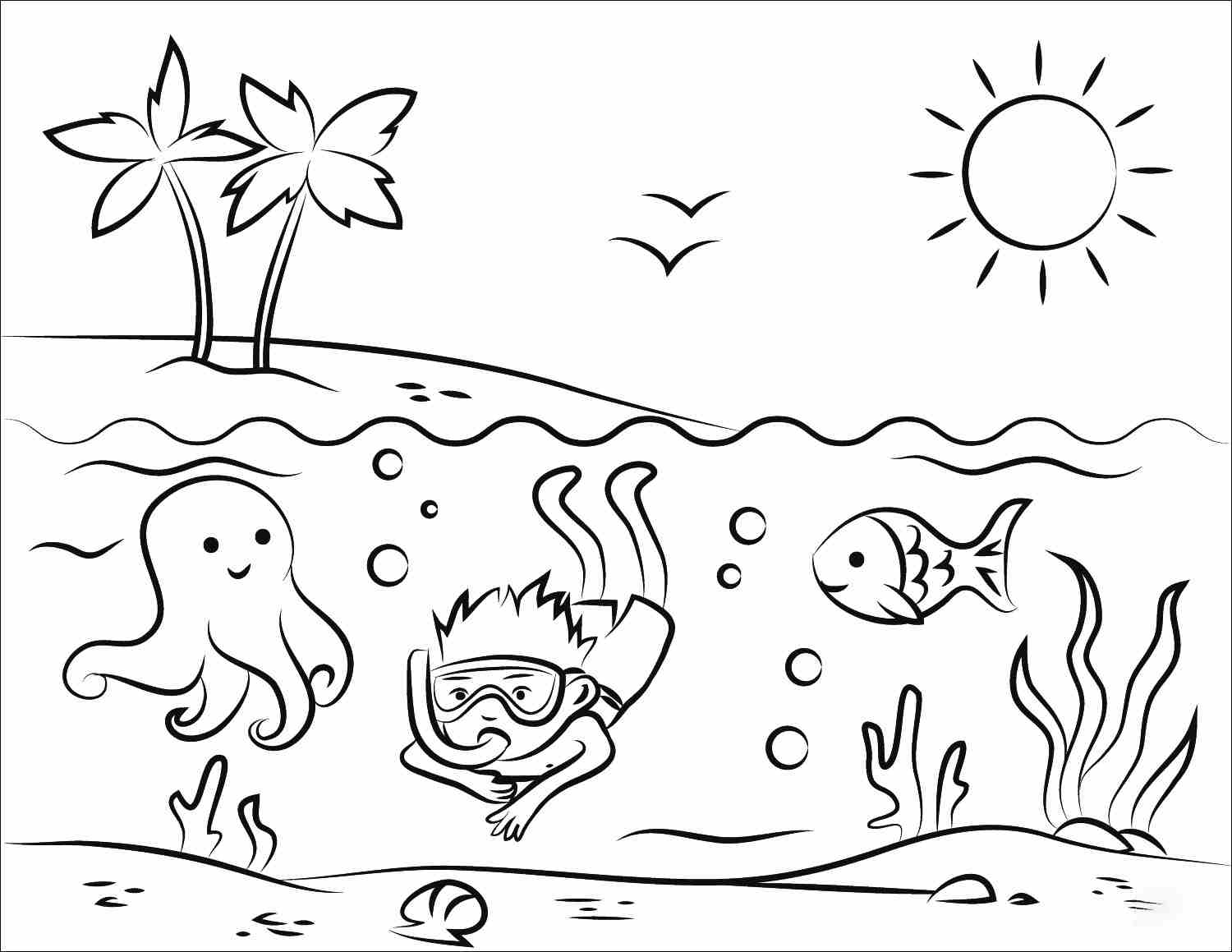
free diving coloring pages 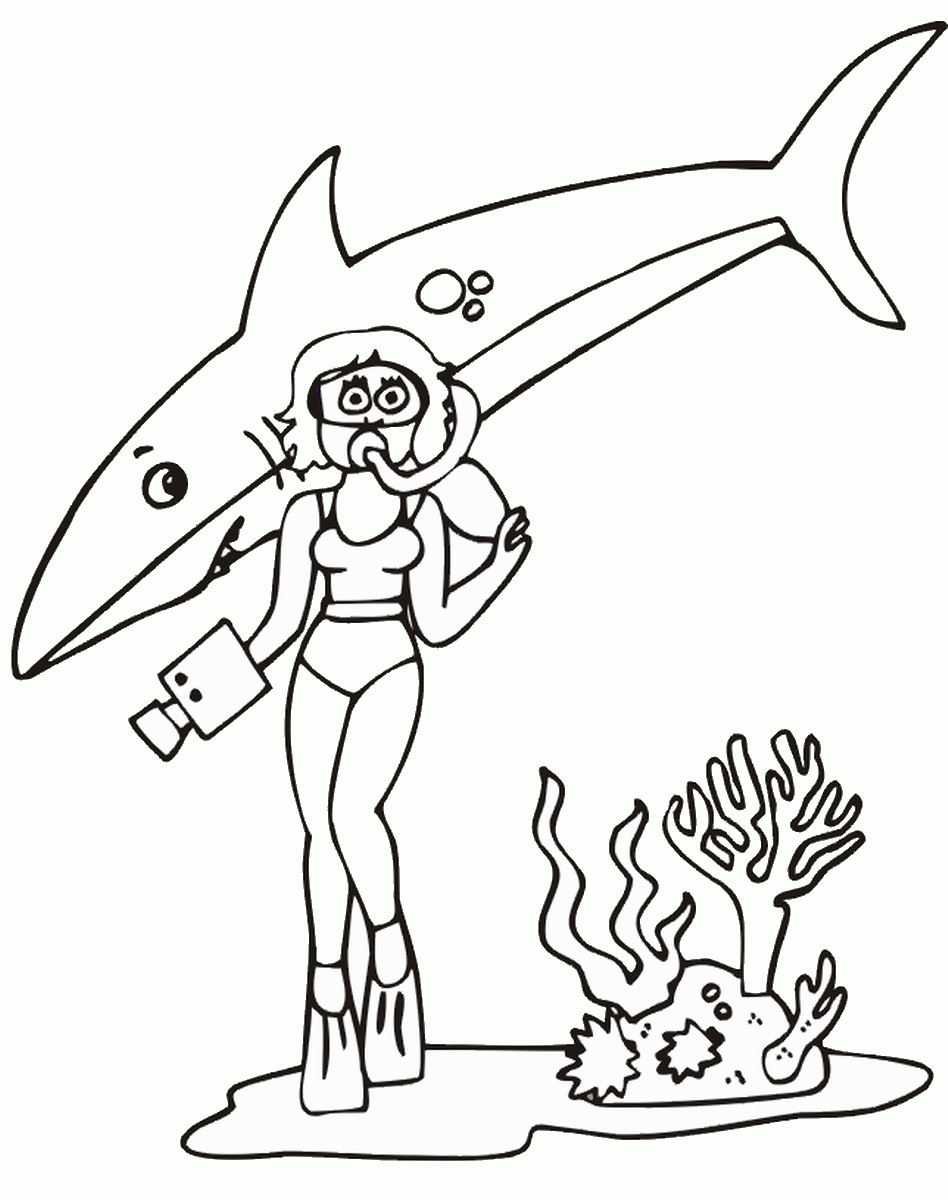
free printable diving coloring pages 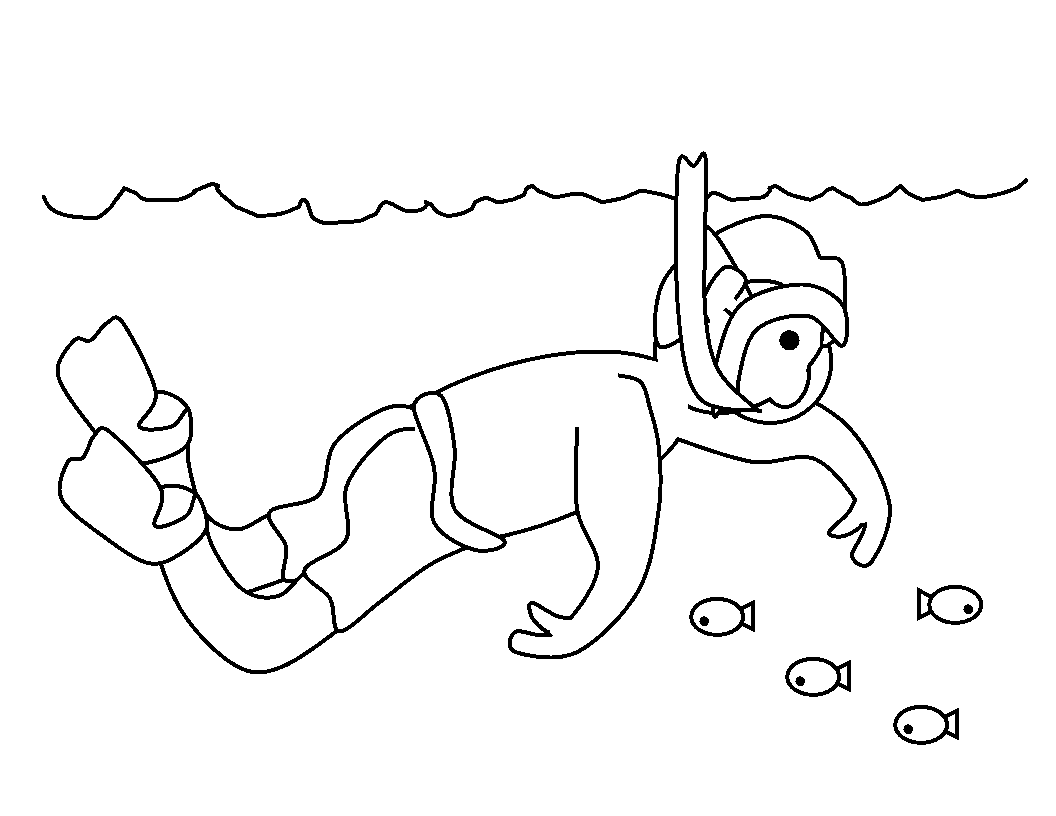
printable diving coloring pages
The primary purpose of recreational diving is to discover the underwater world, its fauna, flora, beauty, and the particular sound universe.
There are also specific activities, notably professional, linked to diving (diving instructor, for example). Thus, a diver can be a speleologist, a biologist, an offshore diver, a combat diver, a mine clearance diver, a photographer, an archaeologist, a wreck researcher, etc.
Just as there are many different types of divers, there are many kinds of diving or underwater activities such as underwater field hockey, freediving, spearfishing, etc.
The main factor affecting the human body during diving is the pressure exerted by the water. This pressure increases with depth: while we are subject to a pressure of about 1 bar in the open air at sea level (atmospheric pressure).
The weight of the water above the submerged diver subjects him to additional pressure of about 1 bar every 10 meters.
For example, at a depth of 25 meters, a diver is subjected to 3.5 bars of total pressure (1 bar of atmospheric pressure and 2.5 bars of hydrostatic pressure).
This unusual pressure for a human being adapted to the terrestrial environment will provoke different phenomena, which the diver must know and manage; otherwise, his health (or even his life) will be in danger.
Most of the human body, composed of incompressible liquids/solids, is not directly affected by pressure variations.
On the other hand, the air contained in the various cavities of the body (middle ear, sinuses, respiratory system) sees its volume vary in a way inversely proportional to the ambient pressure, according to the Boyle-Mariotte law.
Accidents due to abnormal pressure variations in hollow organs are called barotrauma. These affect the different cavities in contact with the inspired air: ears, sinuses, teeth, intestine, and the space between the mask and the face.
During the descent, the air in the diver’s middle ear is in depression compared to the ambient environment, which creates an eardrum deformation.
The diver must voluntarily blow air into the middle ear through the eustachian tubes to avoid tearing or pain. There are several balancing maneuvers, the most common being pinching the nose and blowing slightly with the mouth closed (Valsalva).
One can also balance his ear by making a “voluntary tubal gap,” which involves yawning a closed mouth by advancing the lower jaw.
The inspired air penetrates without trauma in the gaping eustachian tube to push the eardrum against the pressure of the water and thus balance it.
When ascending, the opposite phenomenon occurs, and the middle ear is overpressured. However, no voluntary balancing maneuver is necessary.
During ascent, the air in the diver’s lungs expands. Suppose the diver is not attentive and does not exhale or exhale enough (in case of involuntary apnea, panic, too fast ascent).
In that case, the pulmonary overpressure thus created can lead to severe injuries.